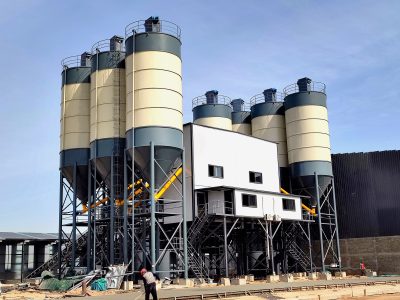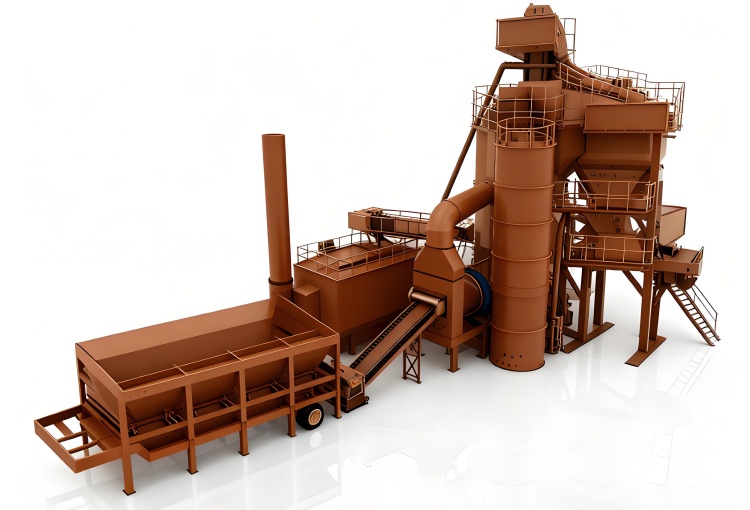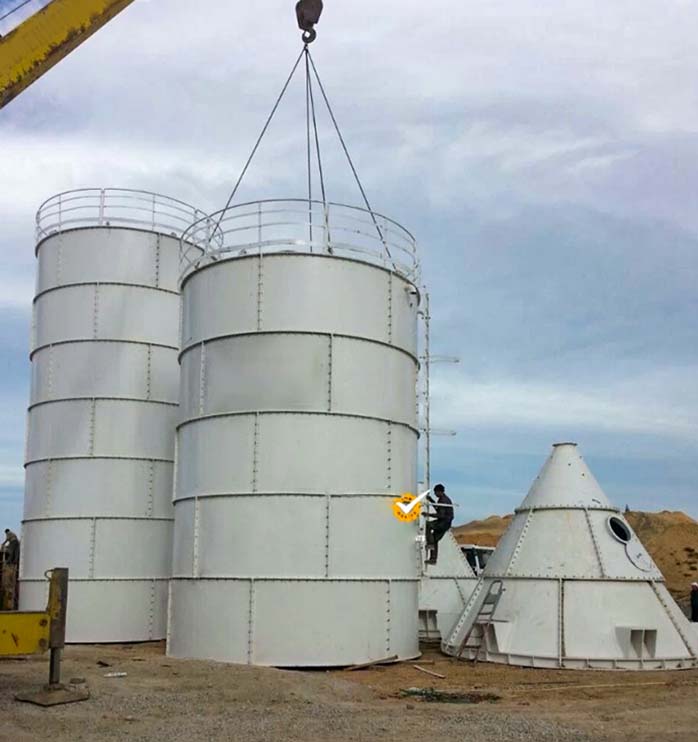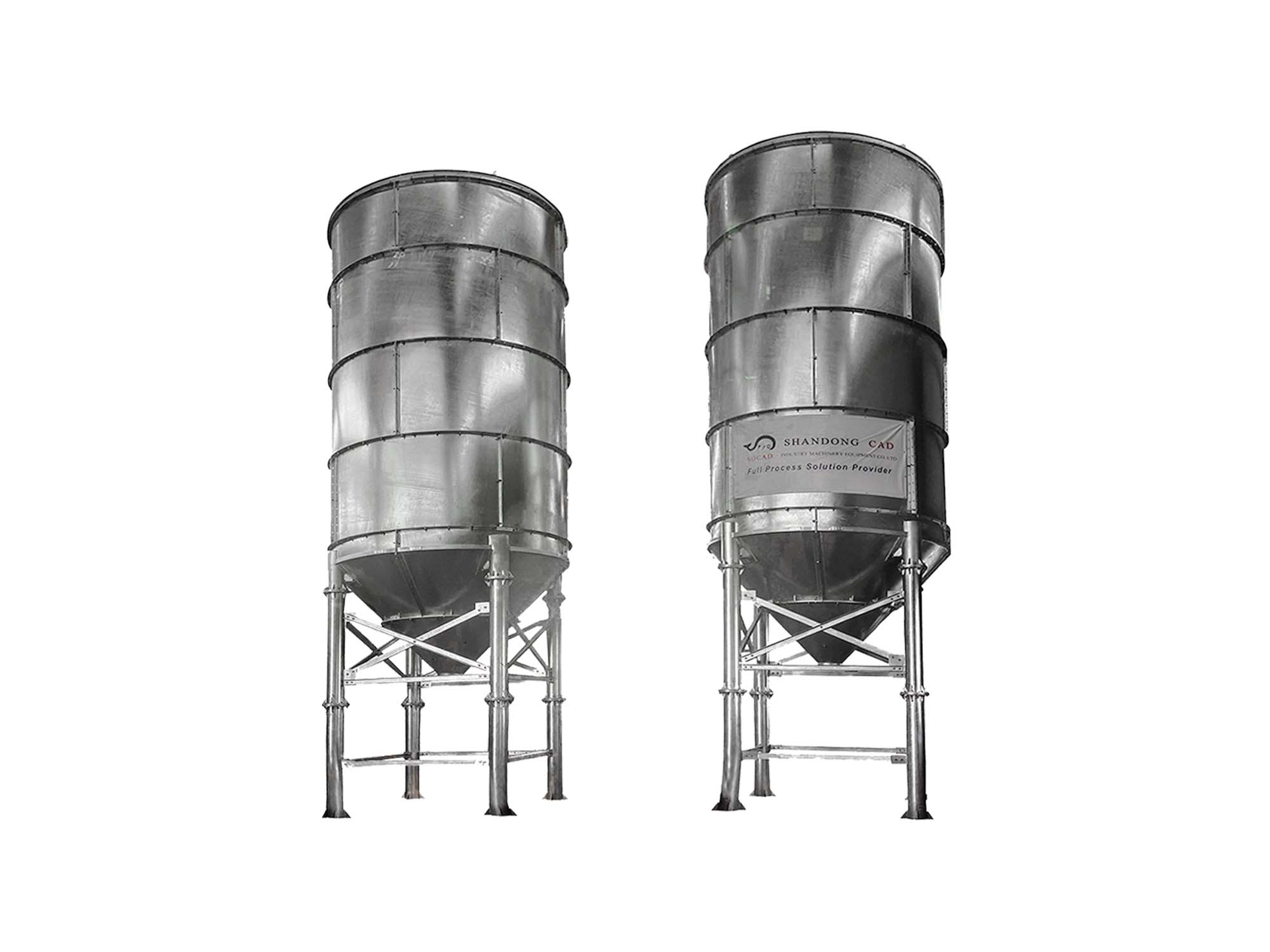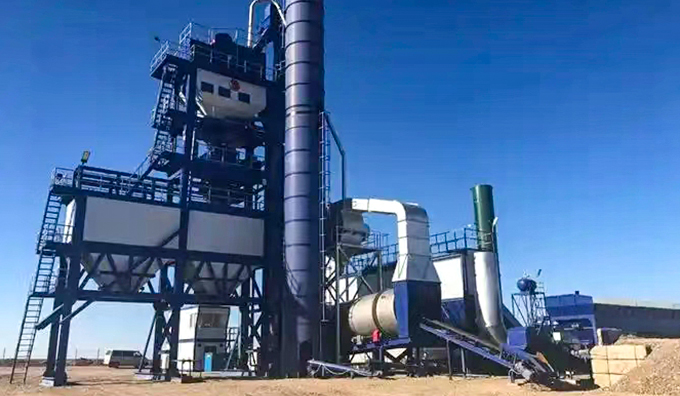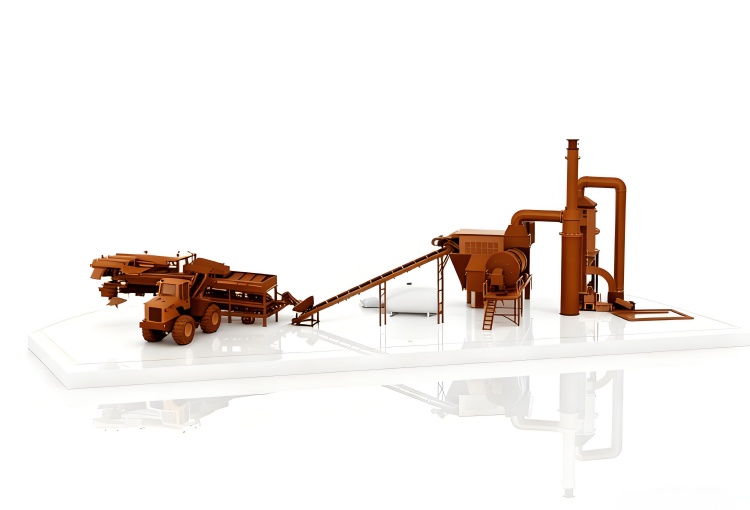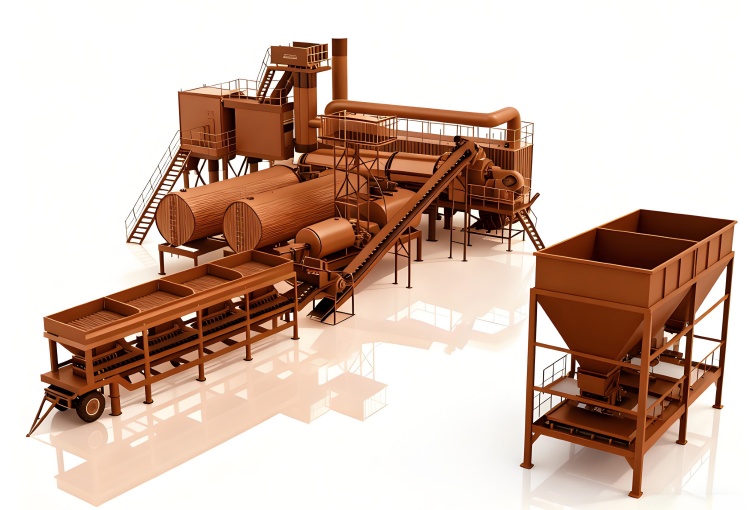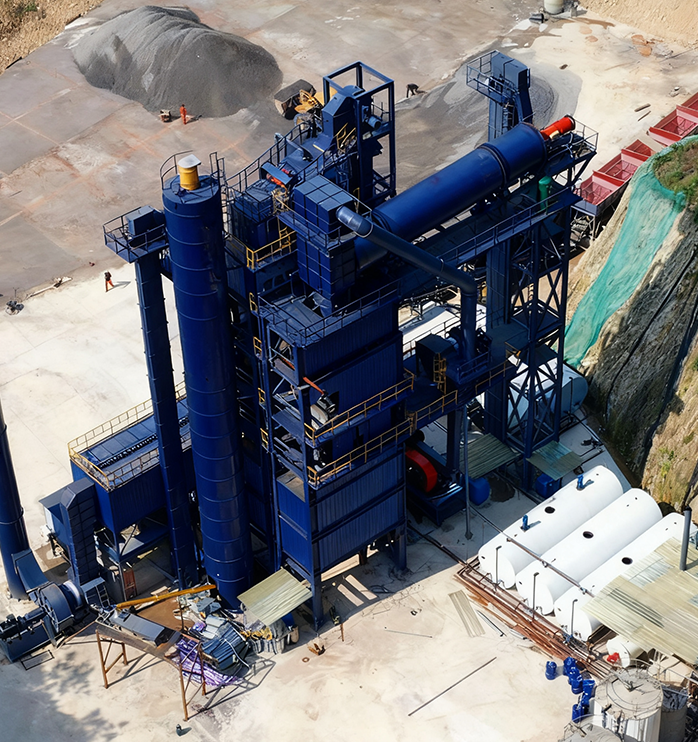Time is the heartbeat of every construction project. When deadlines stretch, costs rise, and client satisfaction drops. One often overlooked factor that dictates how smoothly — or painfully — a project runs is the concrete batching plant.
A well-optimized batching plant can cut project timelines by 20–30%, while a poorly managed one can cause severe bottlenecks, leading to idle cranes, delayed pours, and budget overruns.
In fact, a construction project in Dubai completed its high-rise foundation three weeks ahead of schedule after upgrading its batching plant’s layout and automating material handling.
In this guide, we’ll explore how batching plants directly impact construction efficiency, and how you can optimize them for maximum productivity and return on investment.
Definition & Importance
A concrete batching plant is a facility that combines cement, aggregates, water, and admixtures in controlled proportions to produce concrete. Its efficiency determines the pace at which construction progresses.
Beyond mixing materials, batching plants influence:
-
Scheduling — timely delivery of ready-mix concrete (RMC).
-
Consistency — maintaining uniform concrete quality across batches.
-
Workflow — minimizing idle equipment and labor waiting time.
Interestingly, the productivity of an entire construction site can hinge on a single point of failure — the batching plant’s output synchronization.
Whether it’s a stationary concrete batching plant for large-scale infrastructure or a mobile batching plant for road construction, planning and optimization directly translate to faster project delivery.
Components / Structure / Key Parts
Understanding the critical components helps identify where time losses occur and how optimization can yield the biggest improvements.
1. Aggregate Storage and Conveying System
-
The distance between aggregate bins and the mixer greatly impacts cycle time.
-
Covered storage minimizes moisture fluctuation, improving batching accuracy.
2. Cement Silos
-
Centralized silos reduce truck loading delays.
-
Equipped with dust filters, they prevent clogs and maintain consistent material flow.
3. Weighing and Mixing Unit
4. Water and Admixture System
5. Control Panel and Software
-
Smart batching software provides live feedback, batch logs, and predictive maintenance alerts.
-
AI-based systems can optimize sequence timing and detect anomalies in real-time.
6. Delivery & Truck Loading Area
-
The flow of transit mixers determines dispatch efficiency.
-
Poor loading queue management often adds 10–15 minutes per truck, creating cascading delays.
How It Works / Step-by-step Guide
Optimizing batching plant operations requires a systematic understanding of workflow. Let’s walk through the key steps:
Step 1: Raw Material Preparation
Ensure aggregates are clean, correctly graded, and stored under dry conditions. Damp materials distort mix ratios and delay weighing cycles.
Step 2: Material Weighing & Loading
Automated scales measure cement, aggregates, and water precisely. Any deviation leads to rejected batches, rework, and wasted time.
Step 3: Mixing Process
Twin-shaft mixers deliver faster mixing with superior homogeneity. For large projects, high-speed mixers can reduce cycle time by up to 40%.
Step 4: Discharging & Transport
Quick discharge systems allow back-to-back loading of trucks. Streamlined traffic flow prevents waiting congestion.
Step 5: Delivery at Site
Tracking delivery routes and batch timing ensures the concrete arrives within its workable lifespan (typically 90 minutes).
Example:
A ready mix concrete plant in the Philippines integrated a GPS-based truck dispatch system that synchronized with batching software, reducing truck idle time by 22% and ensuring timely pours at multiple sites.
Benefits / Competitive Advantages
A well-optimized batching plant is not just about faster concrete — it’s about transforming construction productivity.
1. Reduced Project Duration
Efficient batching minimizes waiting time for concrete delivery, which keeps cranes, workers, and formworks in constant motion.
2. Enhanced Quality Control
Automated batching ensures uniformity and prevents human error, directly influencing the structural integrity of buildings.
3. Lower Operational Costs
Fuel, labor, and rework expenses decrease significantly when batching is precise and scheduling is synchronized.
4. Greater ROI
Shorter project timelines mean faster turnover, allowing contractors to take on more projects within the same fiscal period.
Interestingly, several global contractors now treat batching optimization as a strategic investment rather than an operational expense — because the financial returns are measurable.
Cost & Setup / ROI Analysis
Setting up or upgrading a batching plant involves both capital and operational expenditures.
| Component |
Estimated Cost (USD) |
Impact on Timeline |
| Plant foundation & installation |
$50,000–$150,000 |
Medium |
| Automation & control system |
$20,000–$60,000 |
High |
| Aggregate handling system |
$30,000–$80,000 |
High |
| Dust collection & safety systems |
$10,000–$30,000 |
Medium |
| Maintenance & calibration tools |
$5,000–$15,000 |
High |
ROI Projection:
When a batching plant improves concrete delivery efficiency by 25%, it can save up to $100,000 annually in labor and downtime on medium-sized projects.
Example:
A construction firm in Thailand increased daily concrete output from 300 m³ to 420 m³ after optimizing its batching cycles and upgrading its aggregate loading system.
Maintenance & Common Issues
Even the most advanced batching plants can slow down operations if not properly maintained.
1. Weighing System Drift
Frequent calibration avoids errors that lead to wasted batches.
2. Mixer Wear and Tear
Regular inspection of blades and paddles ensures consistent mixing quality.
3. Conveyor Malfunction
Dust and residue buildup can cause belt slippage, reducing throughput.
4. Moisture Variation in Aggregates
Invest in moisture sensors for accurate water-cement ratios.
5. Electrical & PLC Issues
Preventive maintenance of sensors and controllers minimizes unplanned downtime.
Maintenance Tip:
Schedule maintenance cycles during low-demand hours and track KPIs like downtime frequency and production loss.
How to Choose the Right Type
Selecting the right batching plant depends on project scale, mobility needs, and concrete requirements.
| Type |
Best For |
Advantages |
| Stationary Batching Plant |
Large infrastructure projects |
High capacity, better quality control |
| Mobile Batching Plant |
Temporary or remote sites |
Quick setup, flexible deployment |
| Compact/Modular Plant |
Urban or limited-space projects |
Easy transport, fast installation |
| Automatic Batching Plant |
Continuous, high-precision work |
Minimizes human error, increases consistency |
Scenario Insight:
A modular HZS60 concrete batching plant was installed in just five days for a highway project in Vietnam — cutting typical setup time by 40%.
FAQs
1. How does a concrete batching plant affect construction speed?
It provides consistent concrete supply, eliminating downtime and scheduling delays.
2. What factors most influence batching efficiency?
Material flow, automation level, operator skill, and maintenance frequency.
3. Can I relocate a batching plant easily?
Yes. Mobile concrete batching plants are designed for quick relocation between projects.
4. How do automation systems reduce delays?
By tracking cycles, predicting faults, and balancing load times automatically.
5. Is it worth upgrading an old plant?
Definitely. Modernizing control systems can yield faster batching, lower energy use, and 20–25% productivity gains.

